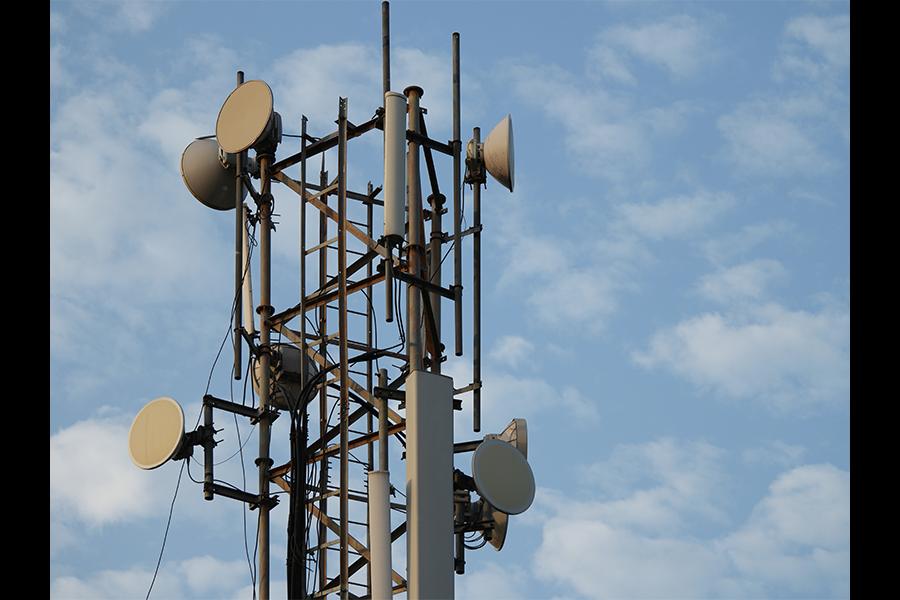Budget 2017: An attempt to better 'connect' Bharat with India
To immediately connect Bharat to India, virtual connectivity is very important to deliver healthcare, education, banking, skill development, women empowerment, etc
6 lakh villages, 29 states, 640 districts, 500 towns, 2.5 lakh gram panchayats spread over 3.287 million sq kms across various terrains, mountains, deserts, forests, reviers and plateaus. This geographical footprint needs not only physical connectivity but also virtual connectivity to promote geographical and financial inclusion for 1.3 billion people of India.
The budget focuses on both the physical and the virtual connectivity. In terms of the physical connectivity the projected spend of $59 billion on infrastructure is a welcome initiative. However, this will take years for rails, roads, airports, waterways, etc. to become a reality.
To immediately connect Bharat to India, virtual connectivity is very important to deliver healthcare, education, banking, skill development, women empowerment, etc. Therefore, the role of telecom and high speed broadband, both through fiber and microwave, is very critical. Accordingly, the role of BharatNet phase II to connect 2.5 lakh Gram Panchayats with optical fiber needs to be given top priority and cannot be overemphasized. The delivery of quality healthcare, education, skills, banking in rural areas through programs like DigiGoan depends on the availability of high-speed broadband infrastructure.
The tripod of billion plus mobile phones, billion plus Aadhaar (digital identity with biometrics) and 250 million plus bank accounts riding on this digital highway will create a very big digital revolution unlocking trillions of dollars of opportunity.
As per the World Bank report, a 10% increase in mobile and broadband penetration increases the per capita GDP by 0.81% and 1.38% respectively in the developing countries. Doubling the current broadband penetration of 19%, can add around 4% to the GDP (about $130 billion). The initiatives like Aadhaar Pay, focus on cyber security, e-governance, use of biometric digital identity of Aadhaar, roll out of GST, use of analytics in tax, etc. are laying the foundations for transparent, efficient and law compliant India. All these need the high speed broadband highways.
The telecom Industry is expected to contribute about 8.2% to the GDP by 2020 and hence is very strategic for the growth of India. The governments around the world are granting funds and investing for developing next generation network infrastructure: Singapore SGD 750 million, China $320 billion over a 5 year period, US $70-75 billion every year.
Considering the above, is an allocation of $1.5 billion (INR 10,000 crore) in line with the vision of Digital India? Does telecom not deserve an infrastructure status? Should not the law eliminate or reduce the litigation?
- By Hemant Joshi, Partner, and Nikhil Kenjale, Senior Manager, Deloitte Haskins & Sells LLP
The thoughts and opinions shared here are of the author.
Check out our end of season subscription discounts with a Moneycontrol pro subscription absolutely free. Use code EOSO2021. Click here for details.
